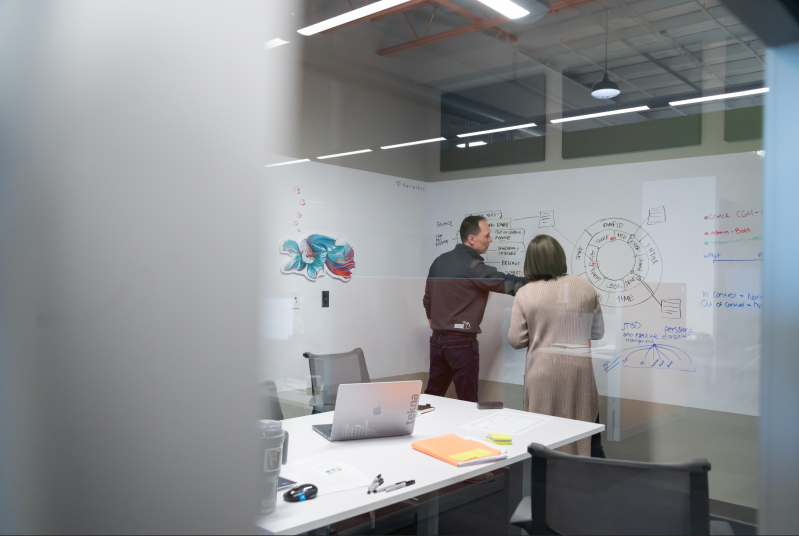Seeking the "So What"
By John Eaton, Product Manager
Tekna has built its reputation around human-centered design (HCD), a term that came into practice during the 1980s-1990s and has now become a foundational product design and development principle across many industries. Historically, HCD was most relevant for product designs that had a high level of human (user) interaction, for things that are held, used, carried, and have key physical properties, but as technologies have evolved it is equally critical for software and other virtual products that possess unique ways for users to interface with them (UI) and experience them (UX).
No matter what product is being designed and developed, however, the importance of user research – the human in HCD – provides the ultimate guidance for product innovation. At Tekna, this user focus takes on many forms, depending on the nature of the project, customer and technology involved. But regardless, our research and design teams seek to provide both broad context and specific insights during projects and emphasize the presence and priorities of users at every point.

A challenge for all product designers is to thoroughly understand the target audience: though it may seem obvious we share many similar experiences, or demographics or other commonalities, in truth every user is different. To ensure the Tekna design team comprehends the full context of users, our researchers may compile a scenario, or a “day in the life” story that seeks to capture the key touchpoints, challenges, intentions, and interactions that occur for users on a regular basis. From these scenarios and other tools, our researchers will often construct a set of user archetypes (an abstract representation of defining behavioral or attitudinal characteristics of that type of user) or personas (an invented but plausible name, bio, photo, and other user characteristics).
For instance, to support an early product concept project for a client, Tekna performed some primary (direct) research with individuals that share a common health concern. The focus of the interviews was to capture how individuals – in their own words – navigated a typical day facing their health challenges. After these interviews, our research team developed several personas that captured many important, shared characteristics of how those users approached their own self-care problems and expectations. This allowed us to illustrate and share the needs of these composite users in a way that both informed the product requirements and offered direction to how they might be introduced to the product through marketing moving forward.

The bottom line for Tekna’s research approach is to consistently deliver the right balance of context and insights – the “so what” of research – to successfully design and develop products that serve our customers, and most importantly satisfy the users of those innovative products.




